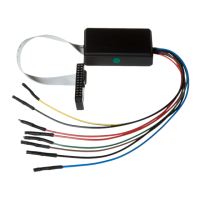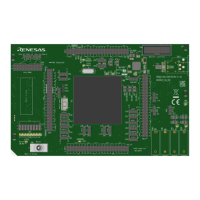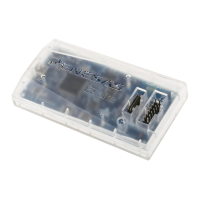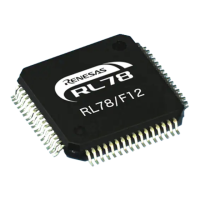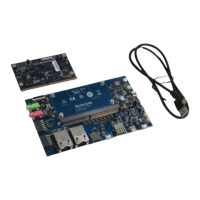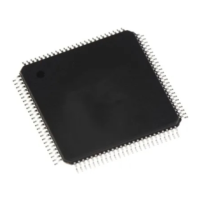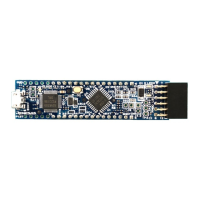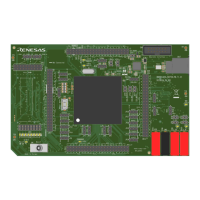Overview of Interrupts
M30240 Group
Rev.1.00 Sep 24, 2003 Page 338 of 360
4.1.3.4 Interrupt Priority
If there are two or more interrupt requests occurring at a point in time within a single sampling (check-
ing whether interrupt requests are made), the interrupt assigned a higher priority is accepted.
Assign an arbitrary priority to maskable interrupts (peripheral I/O interrupts) using the interrupt priority
level select bit. If the same interrupt priority level is assigned, the interrupt assigned a higher hardware
priority is accepted (see Figure 4.4).
Priorities of the special interrupts, such as Reset (dealt with as an interrupt assigned the highest pri-
ority), watchdog timer interrupt, etc. are regulated by hardware.
The following indicates priorities of the hardware interrupts:
Reset > NMI > DBC > Watchdog timer > Peripheral I/O > Single step > Address match
Software interrupts are not affected by the interrupt priority. If an instruction is executed, control
branches invariably to the interrupt routine.
Figure 4.4: Maskable interrupts priorities (peripheral I/O interrupts)
USB Reset
Timer A4
Timer A2
USB SOF
UART1 reception
UART0 reception
UART2 reception
A-D conversion
DMA1
Bus collision detection
Timer A0
UART1 transmission
UART0 transmission
UART2 transmission
Key input interrupt
DMA0
INT1
Timer B1
Priority of peripheral I/O interrupts
(if priority levels are same)
USB Suspend
USB Resume
USB Function
Timer A3
Timer A1
INT0
Timer B0
High
Low

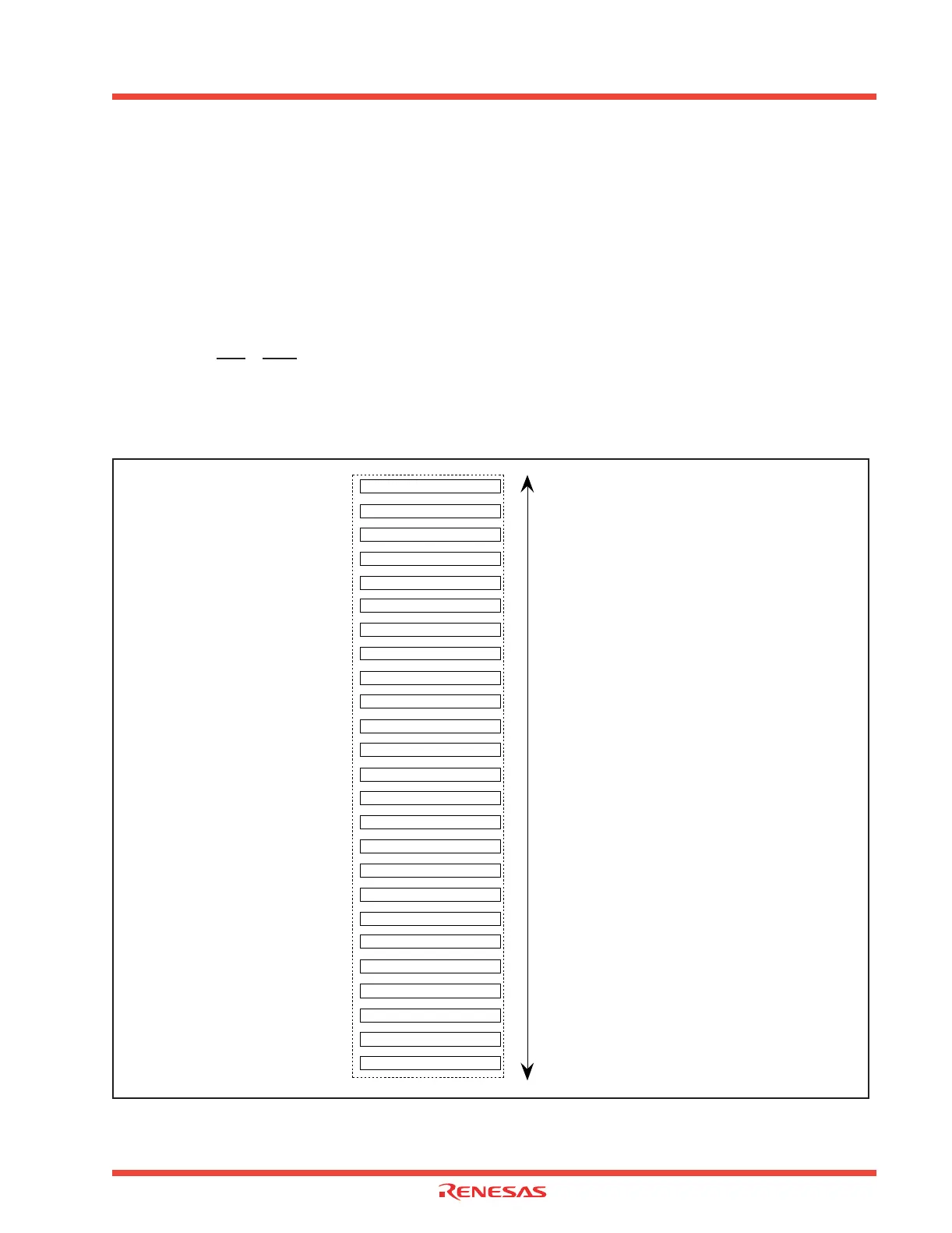